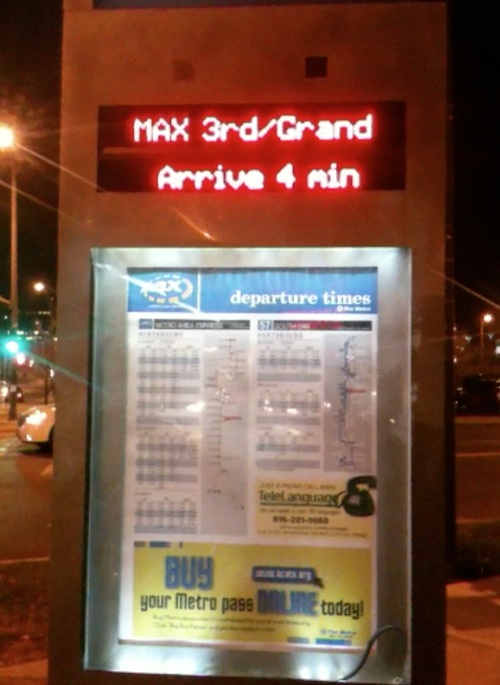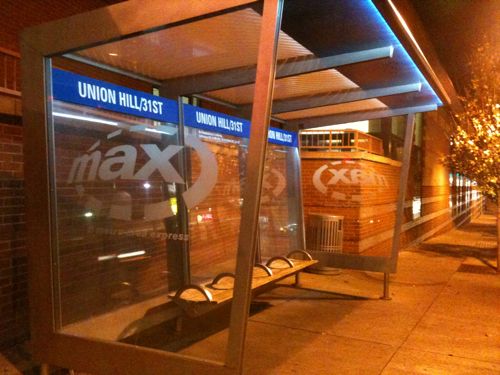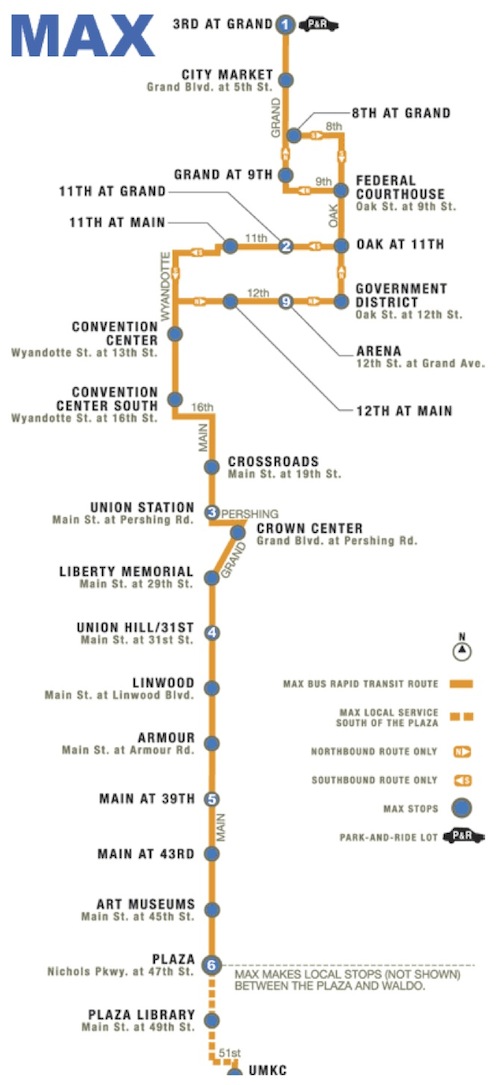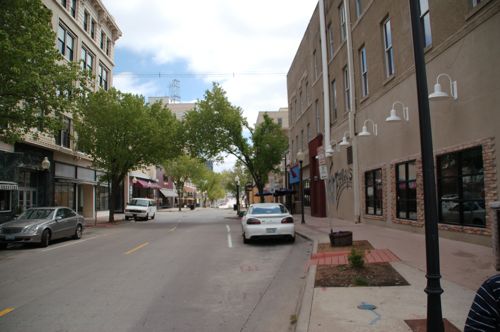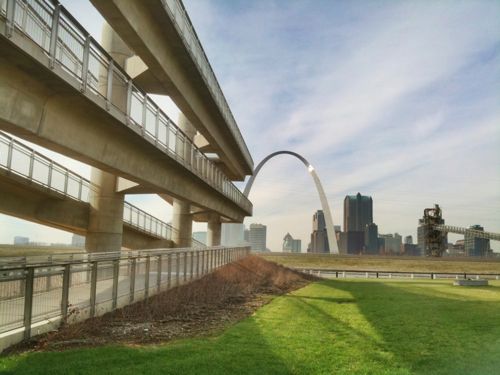An Open Letter To The St. Louis Board of Aldermen
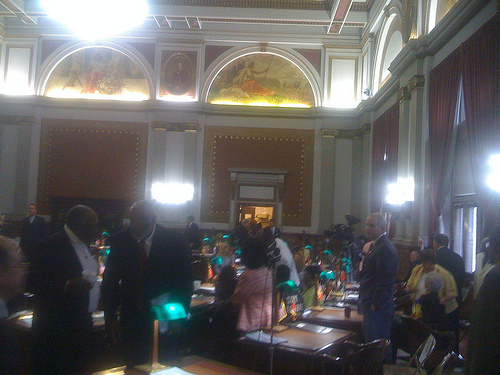
Dear Board of Aldermen:
I appreciate your many years of pubic service, but after about 12 years that service changes to public disservice. In my view, more than half of you have stayed around too long.
Let me explain my thinking.
To run for the Board of Aldermen you need to be 25 years old — born by 1985. Alfred Wessels & Phyllis Young were both sworn into office in the Spring of 1985 (source). They’ve now been in office so long that a person born on the day they were sworn in is now qualified to run for their seats!
Young & Wessels were once the new folks coming in to change City Hall:
“Phyllis Young, the Democratic incumbent, was first elected in 1985 as a reform candidate against the old Webbe-Leisure organization that for decades controlled the ward, which now takes in downtown and neighborhoods just to the south. Her immediate predecessor, former Alderman Sorkis J. Webbe Jr., is serving a prison term on charges of vote fraud and obstruction of justice.” (St. Louis Post-Dispatch March 23, 1989)
Each of you are all nice and have the best of intentions. That said, by running for reelection ever four years you are not allowing a new group of leadership to emerge & grow in this city.
The following of you are up for reelection in March, and frankly, I’d like each and every one on this list to return to the Board of Election Commissioners and withdraw from the race:
- Terry Kennedy (D-18, 1989)
- Stephen Conway (D-8. 1990)
- Craig Schmid (D-20, 1995)
- Lyda Krewson (D-28, 1997)
And one more — Fred Heitert (R-12, 1979) Yes the sole Republican on the Board of Aldermen will have served 32 years at the end of his current term. 32 years! All the above need to step aside to let others be able to participate.
In 2013 the following shouldn’t seek another term:
- Phyllis Young (D-7, 1985)
- Alfred Wessels (D-13, 1985)
- Joseph Roddy (D-17, 1988)
- Freeman Bosley Sr (D-3, 1989)
- Gregory Carter (D-27, 1993)
- April Ford Griffin (D-5, 1997)
- Matt Villa (D-11, 1997)
- Dionne Flowers (D-2, 1999)
- Ken Ortmann (D-9, 1999)
- Jennifer Florida (D-15, 2001)
This is not personal, I believe we’d have less voter apathy and more citizen involvement in the community if people saw a chance for change, an opening to get involved. Have you done good things for the city? Yes. Would you continue doing good things for the city. Probably so. But each of you replaced someone just they replaced the person before them. Is there risk we’d get someone we don’t like as well? Certainly, but we need to take that chance. We must take that risk! So please, let three terms be your limit. Don’t be a house guest that stays too long.
– Steve Patterson
